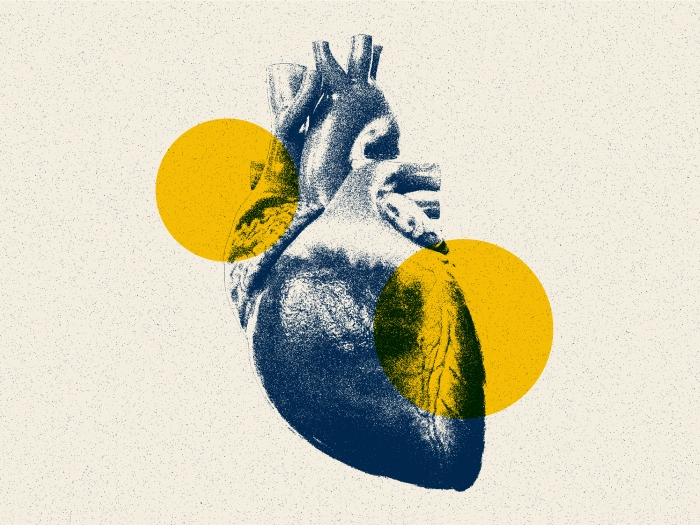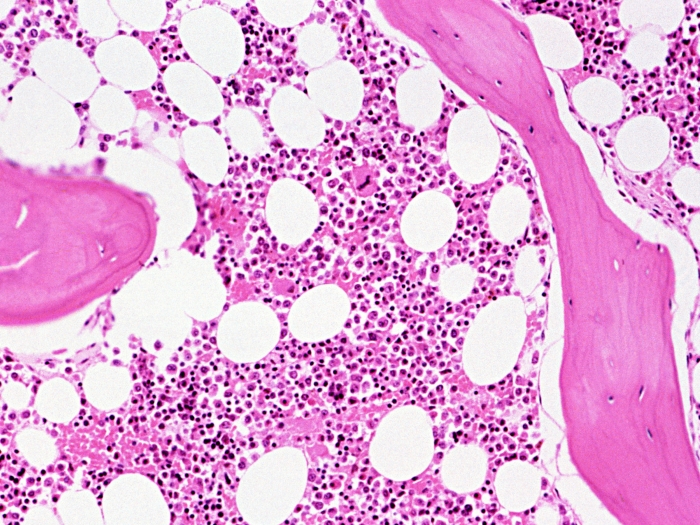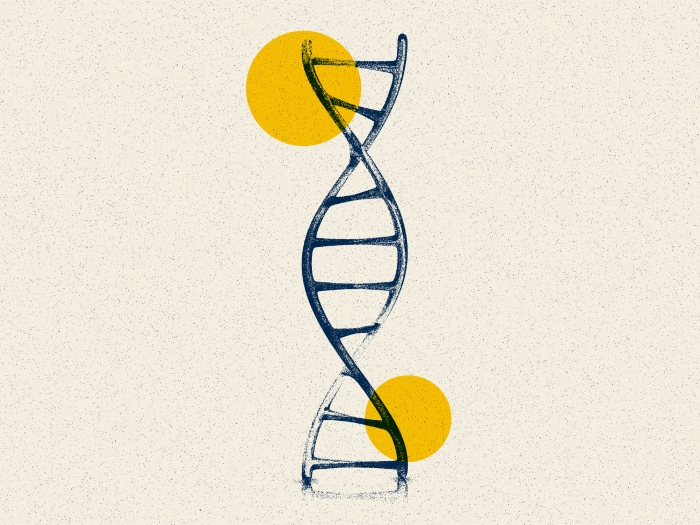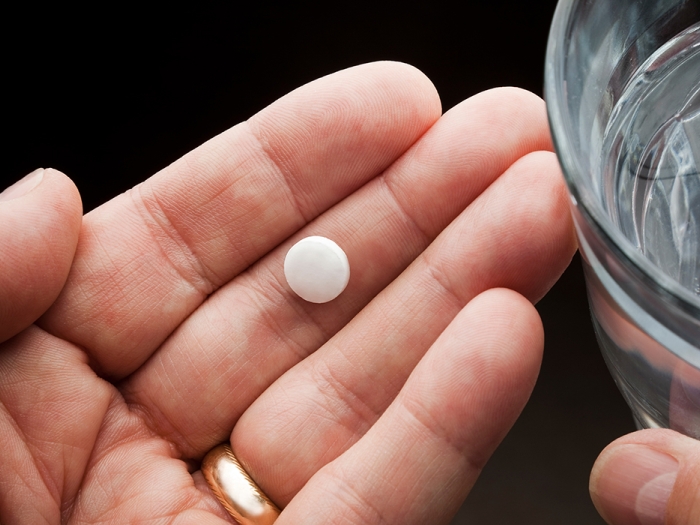The risk was higher regardless of a female patient’s kidney function or aneurysm size
1:20 PM
Author |
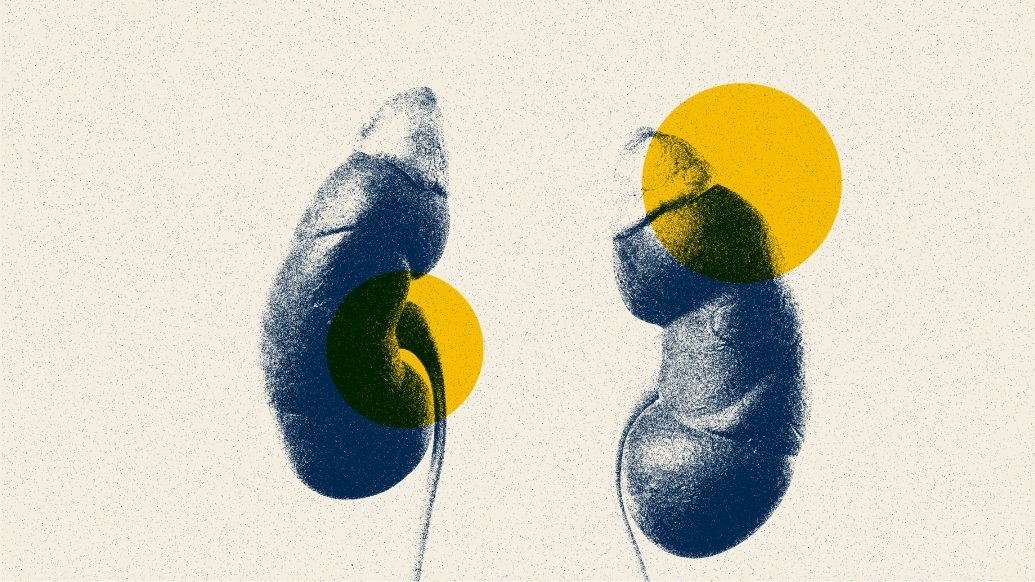
When receiving treatment for abdominal aortic aneurysm, female patients have a higher risk for kidney damage after endovascular repair, a Michigan Medicine study finds.
Researchers from Michigan Medicine designed an algorithm that can be used prior to endovascular abdominal aortic aneurysm repair to identify risk for kidney damage. They tested the algorithm using data from over 7,000 patients through the Blue Cross Blue Shield of Michigan Cardiovascular Consortium database.
The risk prediction algorithm, according to findings published in Annals of Vascular Surgery, demonstrated that women receiving endovascular aneurysm repair had 1.4 times higher odds of developing acute kidney injury after aneurysm repair.
“While we have seen higher risk of acute kidney injury in female patients who have undergone coronary stenting or renal stenting, this is the first time we are seeing a higher risk after endovascular abdominal aortic aneurysm repair,” said senior author Peter Henke, M.D., FACS, FAHA, vascular surgeon and director of the University of Michigan Health Frankel Cardiovascular Center.
Patients with reduced glomerular filtration rate, an indicator of kidney disease, had 4.7 times higher odds of developing acute kidney injury after aneurysm repair. Those with larger aneurysms were also at increased risk. These findings are less surprising than the higher odds of kidney injury in women, investigators say, given patients’ decreased renal function at baseline and the possible prolonged procedures and intra-operative contrast loads that come with larger aneurysms.
Abdominal aortic aneurysm is the most common form of aneurysm, affecting around 5% of the global population. The Michigan Medicine research team hopes to implement the algorithm in clinical practice to provide at-risk patients with optimization before an operation.
“Kidney injury after surgery can be benign, but for some patients it leads to permanent renal failure and, in some instances, dialysis,” said Drew Braet, M.D., first author and vascular surgery resident at U-M Health. “This algorithm shows that we can use easily attainable factors prior to surgery that may help identify patients at risk of complications during their surgery and, thus, ensure we are optimizing these patients accordingly. If we can protect patients and decrease their risk of permanent renal failure, then we have truly provided them a benefit.”
Additional authors include Nathan J. Graham, Jeremy Albright, Ph.D., and Nicholas H. Osborne, M.D., all of Michigan Medicine
Support for BMC2 is provided by Blue Cross and Blue Shield of Michigan and Blue Care Network as part of the BCBSM Value Partnerships program. Although Blue Cross Blue Shield of Michigan and BMC2 work collaboratively, the opinions, beliefs and viewpoints expressed by the author do not necessarily reflect the opinions, beliefs, and viewpoints of BCBSM or any of its employees.
Paper cited: “A novel pre-operative risk assessment tool to identify patients at risk of contrast associated acute kidney injury after endovascular abdominal aortic aneurysm repair,” Annals of Vascular Surgery. DOI: 10.1016/j.avsg.2023.02.017

Explore a variety of healthcare news & stories by visiting the Health Lab home page for more articles.

Department of Communication at Michigan Medicine



